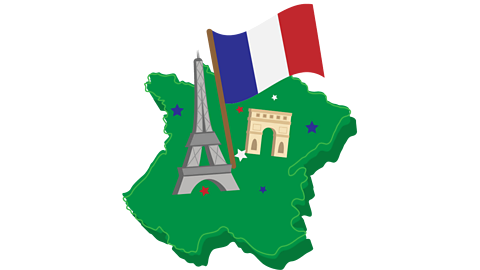
Food is an important part of French culture.
Different regions of France have their own dishes, but there are also some popular dishes that are eaten all over France and in the UK too.
Learn some useful phrases to help you to order food in French.

French foods at a bakery
Here are some foods you would find in a bakery (Sorry, something went wrongCheck your connection, refresh the page and try again.) in France.
The English language has borrowed a lot of these words from French so they look very similar in both languages.
| French | English | |
|---|---|---|
| Sorry, something went wrongCheck your connection, refresh the page and try again. | a baguette | |
| Sorry, something went wrongCheck your connection, refresh the page and try again. | a croissant | |
| Sorry, something went wrongCheck your connection, refresh the page and try again. | a macaroon | |
| Sorry, something went wrongCheck your connection, refresh the page and try again. | a pain au chocolat (chocolate-filled pastry) | |
| Sorry, something went wrongCheck your connection, refresh the page and try again. | a pain aux raisins (raisin swirl pastry) | |
| Sorry, something went wrongCheck your connection, refresh the page and try again. | a sandwich |
Did you notice that these words have un or une in front of them?
This is the same as saying 'a' in English but in French, we use either Sorry, something went wrongCheck your connection, refresh the page and try again. for masculine nouns or Sorry, something went wrongCheck your connection, refresh the page and try again. for feminine nouns.
French foods at a café
Here are some typical French café and restaurant foods. Again, a lot of the English words are borrowed from French. Are there any that you've heard of before?
| French | English |
|---|---|
| Sorry, something went wrongCheck your connection, refresh the page and try again. | beef bourguignon (beef stew) |
| Sorry, something went wrongCheck your connection, refresh the page and try again. | cassoulet (casserole) |
| Sorry, something went wrongCheck your connection, refresh the page and try again. | crepe (pancake) |
| Sorry, something went wrongCheck your connection, refresh the page and try again. | croque-monsieur (ham and cheese toasted sandwich) |
| Sorry, something went wrongCheck your connection, refresh the page and try again. | omelette |
| Sorry, something went wrongCheck your connection, refresh the page and try again. | ratatouille (stewed vegetables) |
| Sorry, something went wrongCheck your connection, refresh the page and try again. | salad |
| Sorry, something went wrongCheck your connection, refresh the page and try again. | soup |
| Sorry, something went wrongCheck your connection, refresh the page and try again. | steak and chips |
Similarly, the French language has also borrowed some food words from English.
| French | English |
|---|---|
| Sorry, something went wrongCheck your connection, refresh the page and try again. | hamburger |
| Sorry, something went wrongCheck your connection, refresh the page and try again. | hot dog |
Did you notice that all the words in the two tables above begin with either le, la, or l'? This means 'the' (also called the 'definite article').
You can learn more about this in Masculine and feminine nouns.
How to order food in French

If you go to a restaurant or café in France, here are some phrases to help you order your food.
Sorry, something went wrongCheck your connection, refresh the page and try again. – a table for two people
Sorry, something went wrongCheck your connection, refresh the page and try again. – the menu please

The waiter might ask:
Sorry, something went wrongCheck your connection, refresh the page and try again. – What would you like, Madame?
Sorry, something went wrongCheck your connection, refresh the page and try again. – What would you like, Sir?
You can reply by saying:
- Sorry, something went wrongCheck your connection, refresh the page and try again. – I'll have…
When your food arrives, you can say:
Sorry, something went wrongCheck your connection, refresh the page and try again. - It's for me
Sorry, something went wrongCheck your connection, refresh the page and try again. - Thank you
The waiter might then say:
Sorry, something went wrongCheck your connection, refresh the page and try again. - Enjoy your meal
Courses of a meal
Here are some more words for the different courses of a meal (Sorry, something went wrongCheck your connection, refresh the page and try again.).
| French | English |
|---|---|
| Sorry, something went wrongCheck your connection, refresh the page and try again. | the starter |
| Sorry, something went wrongCheck your connection, refresh the page and try again. | the main course |
| Sorry, something went wrongCheck your connection, refresh the page and try again. | the dessert |
You can say:
Sorry, something went wrongCheck your connection, refresh the page and try again. – For the starter, I'll have
Sorry, something went wrongCheck your connection, refresh the page and try again. – For the main course, I'll have
Sorry, something went wrongCheck your connection, refresh the page and try again. – For dessert, I'll have
Sorry, something went wrongCheck your connection, refresh the page and try again. – For the starter, I'll have the salad niçoise
Flavours in French
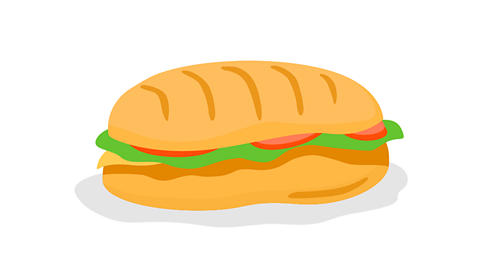
If you want to ask for a specific flavour of something, then you use Sorry, something went wrongCheck your connection, refresh the page and try again. before the flavour or ingredient.
The Ă changes its spelling depending on whether the flavour or ingredient is masculine, feminine, whether it begins with a vowel or the letter h or whether it is plural:
| Before a masculine noun | Before a feminine noun | Before a vowel or h | Before a plural noun |
|---|---|---|---|
| au | à la | à l’ | aux |

So you say:
Sorry, something went wrongCheck your connection, refresh the page and try again. – a cheese sandwich
Sorry, something went wrongCheck your connection, refresh the page and try again. – a ham sandwich
Sorry, something went wrongCheck your connection, refresh the page and try again. – a chicken sandwich
Sorry, something went wrongCheck your connection, refresh the page and try again. – a pain au chocolat
Sorry, something went wrongCheck your connection, refresh the page and try again. – a chocolate ice cream
Sorry, something went wrongCheck your connection, refresh the page and try again. – a strawberry ice cream
Sorry, something went wrongCheck your connection, refresh the page and try again. – a hazelnut ice cream
Sorry, something went wrongCheck your connection, refresh the page and try again. – an orange ice cream
Sorry, something went wrongCheck your connection, refresh the page and try again. – a pain aux raisins
Items on the table
Here are some other useful words when eating out.
| French | English |
|---|---|
| Sorry, something went wrongCheck your connection, refresh the page and try again. | a plate |
| Sorry, something went wrongCheck your connection, refresh the page and try again. | a bowl |
| Sorry, something went wrongCheck your connection, refresh the page and try again. | a bottle |
| Sorry, something went wrongCheck your connection, refresh the page and try again. | a cup |
| Sorry, something went wrongCheck your connection, refresh the page and try again. | a glass |

Did you know?
If you want to ask for a cup, glass or bottle of something, then you also need the word Sorry, something went wrongCheck your connection, refresh the page and try again. - of.If de is followed by a vowel or the letter h, you remove the e and add an apostrophe – d'. This makes it easier to say.
Sorry, something went wrongCheck your connection, refresh the page and try again. – a glass of water
Sorry, something went wrongCheck your connection, refresh the page and try again. – a cup of tea
Sorry, something went wrongCheck your connection, refresh the page and try again. – a bottle of orange juice
'How much is it?' in French
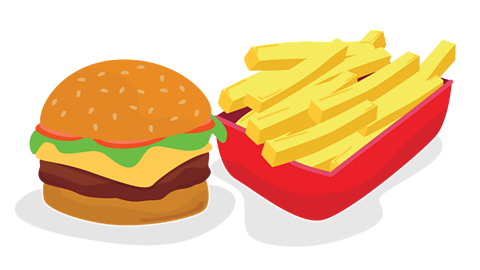
You might want to check the price of something.
Sorry, something went wrongCheck your connection, refresh the page and try again. – How much is it?
Sorry, something went wrongCheck your connection, refresh the page and try again. – How much is the ratatouille?
Sorry, something went wrongCheck your connection, refresh the page and try again. – It's ten euros
Sorry, something went wrongCheck your connection, refresh the page and try again. How much are the crepes?
Sorry, something went wrongCheck your connection, refresh the page and try again. – They are three euros
At the end of the meal, you can ask for the bill.
- Sorry, something went wrongCheck your connection, refresh the page and try again. – The bill, please

Key French sounds
Below are some important French sounds that you have heard in this topic. Try practising them yourself out loud.
- e
There are different ways of saying and writing e in French. One way sounds like the er at the end of the English word mother.
It can be written as e before one consonant or in a one syllable word.
Sorry, something went wrongCheck your connection, refresh the page and try again. – the
Sorry, something went wrongCheck your connection, refresh the page and try again. – of
- Nasal i sounds
Some vowels are called nasal vowels as you say them through your nose. Nasal i sounds can be written as in, im, ain, aim, ein, eim, yn or ym.
This sounds more like the English an in ran. Put your mouth in the position to say an, then allow the air to come down your nose.
Sorry, something went wrongCheck your connection, refresh the page and try again. – bread
- o at the end of a word, Ă´, au and eau
These letters make a sound not found in English. Make your lips into a round shape and sound as if you have had a shock.
Sorry, something went wrongCheck your connection, refresh the page and try again. – water
More on Talking topics
Find out more by working through a topic
- count7 of 12
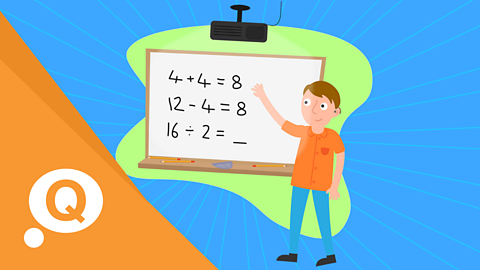
- count8 of 12

- count9 of 12
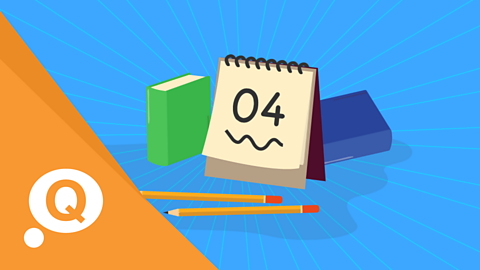
- count10 of 12
